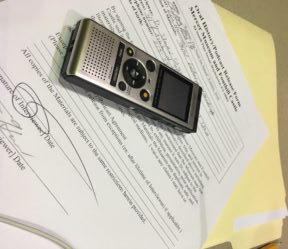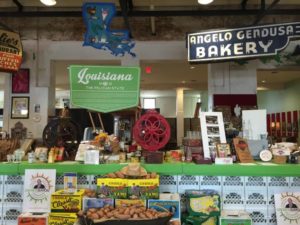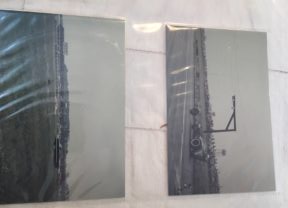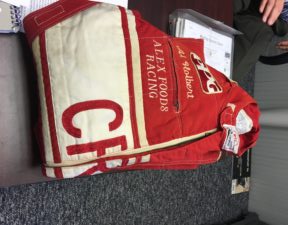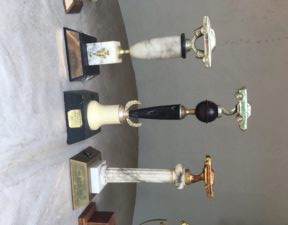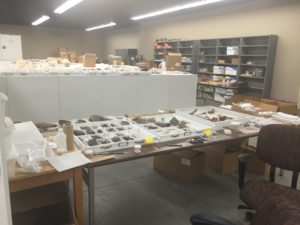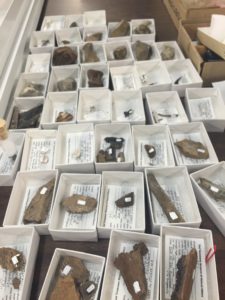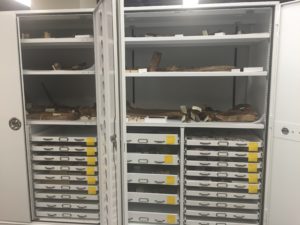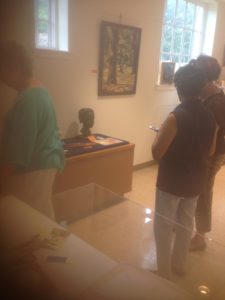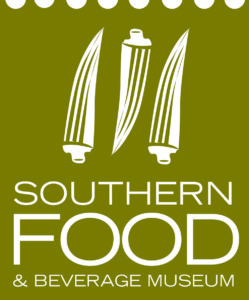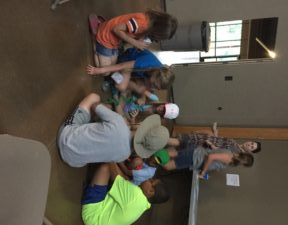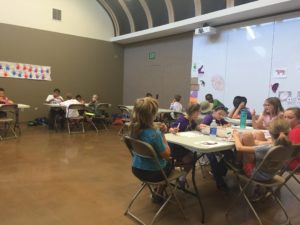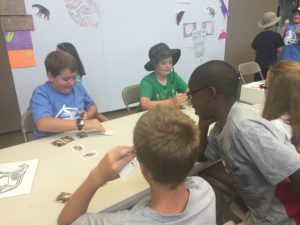Over the past two weeks finally got in contact with two more oral history candidates to interview and I had two very different interviews.
The first interview was with a man named Joe who never actually raced himself, but instead he was an avid spectator at one of the local racetracks. However, even though he had never raced Joe was incredibly passionate about racing. Joe had been going to races since he was very young and he had lots to say about the track and the drivers who raced there. In fact, Joe had so much to say that the interview ended up being nearly two hours long. I only needed to imply a question and Joe would talk for ten minutes about the subject, and within that ten minutes, he would answer questions that I hadn’t even asked yet. He was willing to open up and share personal stories about himself, other spectators, and the drivers. It was very easy to have a conversation with him, and that conversation turned into a great oral history with plenty of material that will be easy to place in the future exhibit.
The other interview I had did not go as well. This interview was with an older man named Stover, who raced bicycles when he was younger. Instead of the easy conversation found in my previous interview, asking Stover questions was a lot more like pulling teeth. I would ask him a question that got previous interviewees excited or talking a lot (like how did you get into racing? Or why does racing matter to you?), and he would answer in only a few words or sentences. While I was able to get material that will help with the exhibit, the interview itself was much shorter and it flowed less well.
I think part of the problem is that Stover went into the interview with a much different attitude than Joe. Whereas Joe was enthusiastic about sharing his experiences and memories with others, Stover was much more reticent and would stop himself from getting very personal. I also contributed to the problem because I came into Stover’s interview a little less prepared with background knowledge than with Joe. I had already done two other interviews about automobile racing by the time I interviewed Joe, but Stover was my first bicycle interview.
